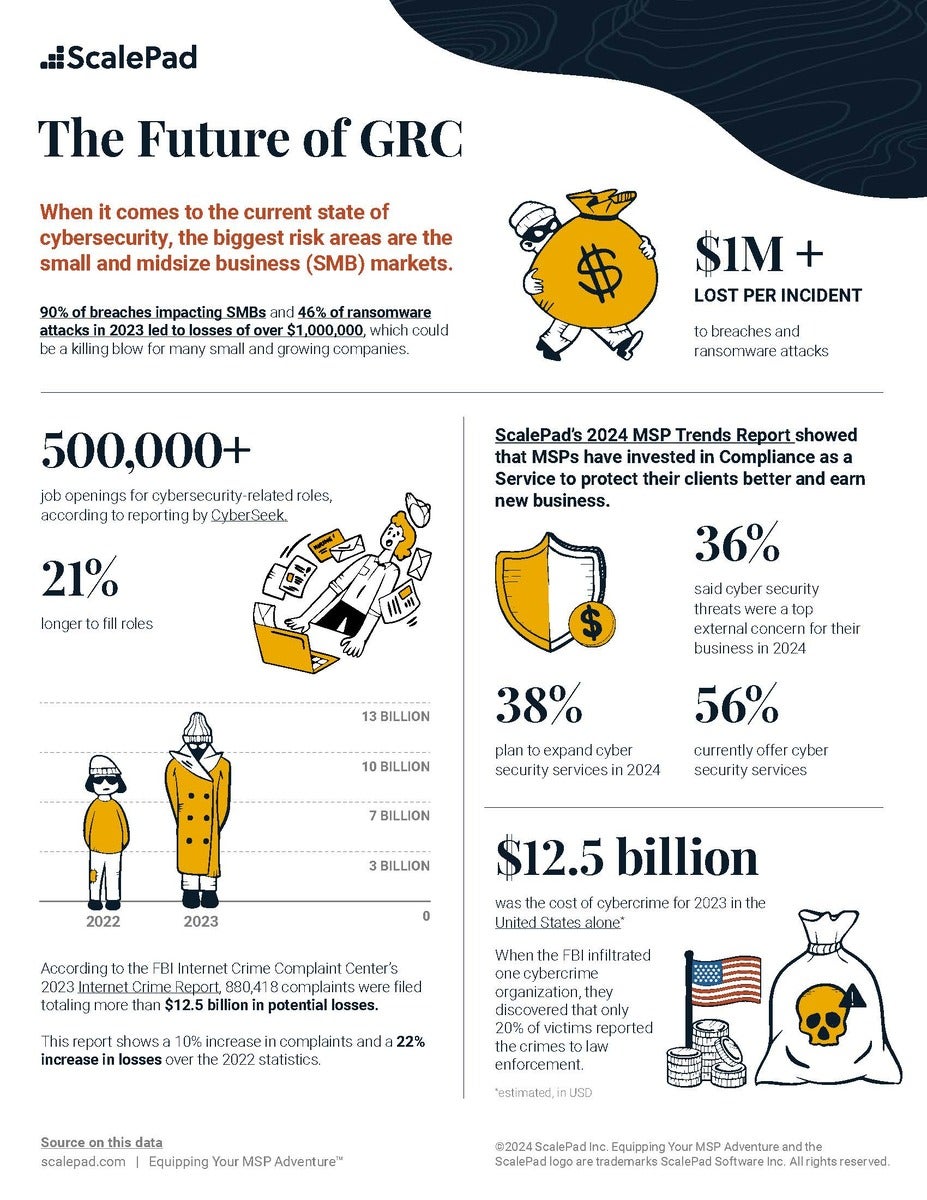UK earnings growth accelerated for three months running despite further signs of strain in the jobs market as vacancies tumbled once again, according to official figures.
The Office for National Statistics (ONS) said average regular pay surged to 5.9 per cent in the three months to December – up from 5.6 per cent in the previous three months and the fastest growth since the three months to April last year.
Wages outstripped Consumer Prices Index inflation by 3.4 per cent, the ONS added.
The number of vacancies pulled back once again, down 9,000 to 819,000 in the three months to January.
But in a more encouraging sign, the ONS estimated that the number of UK workers on payrolls rose by 21,000 during January to 30.4 million. This followed a 14,000 drop in December.
The UK unemployment rate remained unchanged at 4.4 per cent in the three months to December, although the ONS reiterated caution over the statistic due to an overhaul of the nation’s jobs survey.
The data comes amid warnings from businesses over job losses and higher prices after the Government moved to increase national insurance contributions and announced another rise in the minimum wage in last October’s Budget.
A survey by the Chartered Institute of Personnel and Development (CIPD) on Monday revealed that a third of businesses expect their employment costs to increase and said they plan to cut jobs through redundancies or recruiting fewer workers.
ONS director of economic statistics Liz McKeown said: “Growth in pay, excluding bonuses, rose for a third consecutive time, with increases seen in both the private and public sector.
“After taking account of inflation, real pay growth also increased slightly.
“The number of employees on payrolls was broadly unchanged in the last three months of the year, continuing a medium-term trend of slowing growth.
“The number of vacancies also continued to fall in the latest quarter, albeit more slowly, with the total number remaining a little above its pre-pandemic level.”
Source: independent.co.uk



